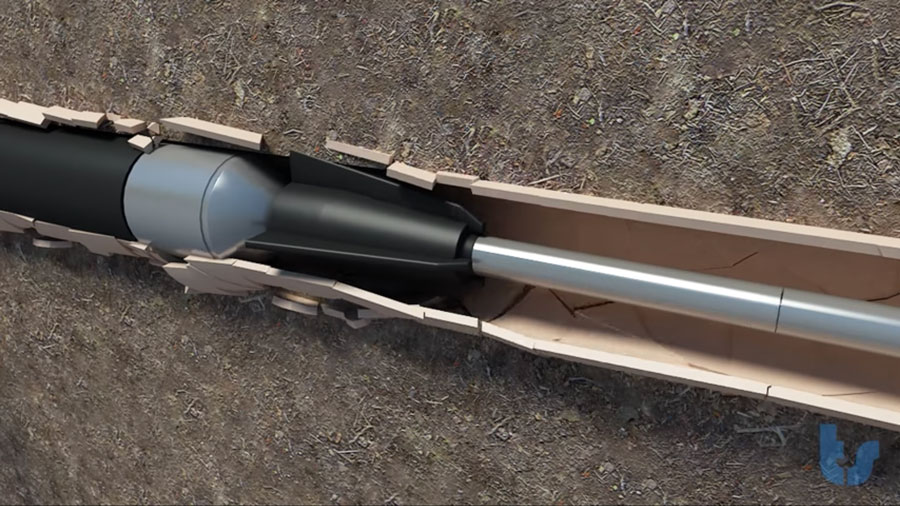Understanding the environmental conditions that cause pipe degradation is critical in the world of plumbing and infrastructure. Pipes play a crucial role in transporting water, sewage, and various utilities, yet they can be affected by environmental factors. In this article, we’ll explore how environmental conditions can lead to pipe damage and the importance of Trenchless Pipe Repair as a solution.
What is Trenchless Pipe Repair?
Before we examine the environmental factors, it’s essential to grasp the concept of Trenchless Pipe Repair. This innovative method involves repairing or replacing pipes without the need for extensive excavation. Unlike traditional approaches that require digging trenches, trenchless pipe repair minimizes disruption to the surrounding environment.
Types of Environmental Factors
To fully appreciate the challenges pipes face, let’s dissect the various environmental factors that can lead to their damage.
Soil Erosion
Soil erosion is a significant contributor to pipe damage. When soil erodes, it can expose and weaken underground pipes. This is a prevalent problem in areas prone to severe rain or flooding. Pipes’ structural integrity can be jeopardized by erosion, perhaps leading to leaks or fractures.
Temperature Fluctuations
Extreme temperature variations can also have adverse effects on pipes. As temperatures rise and fall, pipes expand and contract. Over time, this constant movement can weaken the pipes, making them susceptible to cracks and leaks. In regions with harsh weather conditions, this factor becomes even more critical.
Tree Roots
Another environmental factor responsible for pipe damage is tree roots. Tree roots are remarkably persistent and can infiltrate underground pipes in search of water and nutrients. Once inside, they can cause blockages, leaks, and even structural damage to the pipes. Addressing this issue is crucial, especially in areas with a high concentration of trees.
Preventing Pipe Damage
To mitigate the impact of these environmental factors, it’s essential to implement preventive measures. One of the most effective solutions is trenchless pipe repair. This method not only addresses existing damage but also minimizes the risk of future issues. By reinforcing and rehabilitating pipes without extensive excavation, trenchless repair methods ensure the longevity of the pipeline infrastructure.
The Benefits of Trenchless Pipe Repair
Trenchless pipe repair offers several advantages over traditional methods. It lessens the inconvenience caused by digging, leading to time and cost savings. Moreover, it’s a greener choice as it minimizes harm to the surrounding environment. Trenchless repair methods also extend the lifespan of pipes, making them more durable against the environmental factors discussed earlier.
Conclusion
In conclusion, understanding the environmental factors responsible for pipe damage is vital for maintaining the integrity of our infrastructure. Soil erosion, temperature fluctuations, and tree roots are just a few examples of the challenges pipes face. Trenchless pipe repair emerges as a practical solution to address these issues effectively, prolonging the life of our pipes and minimizing environmental impact.

